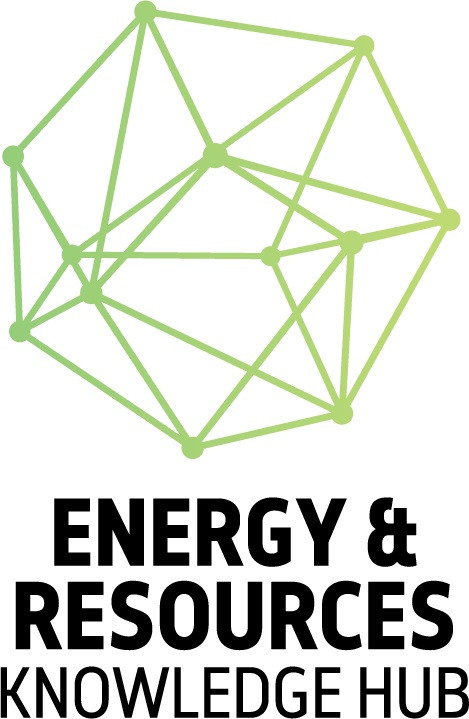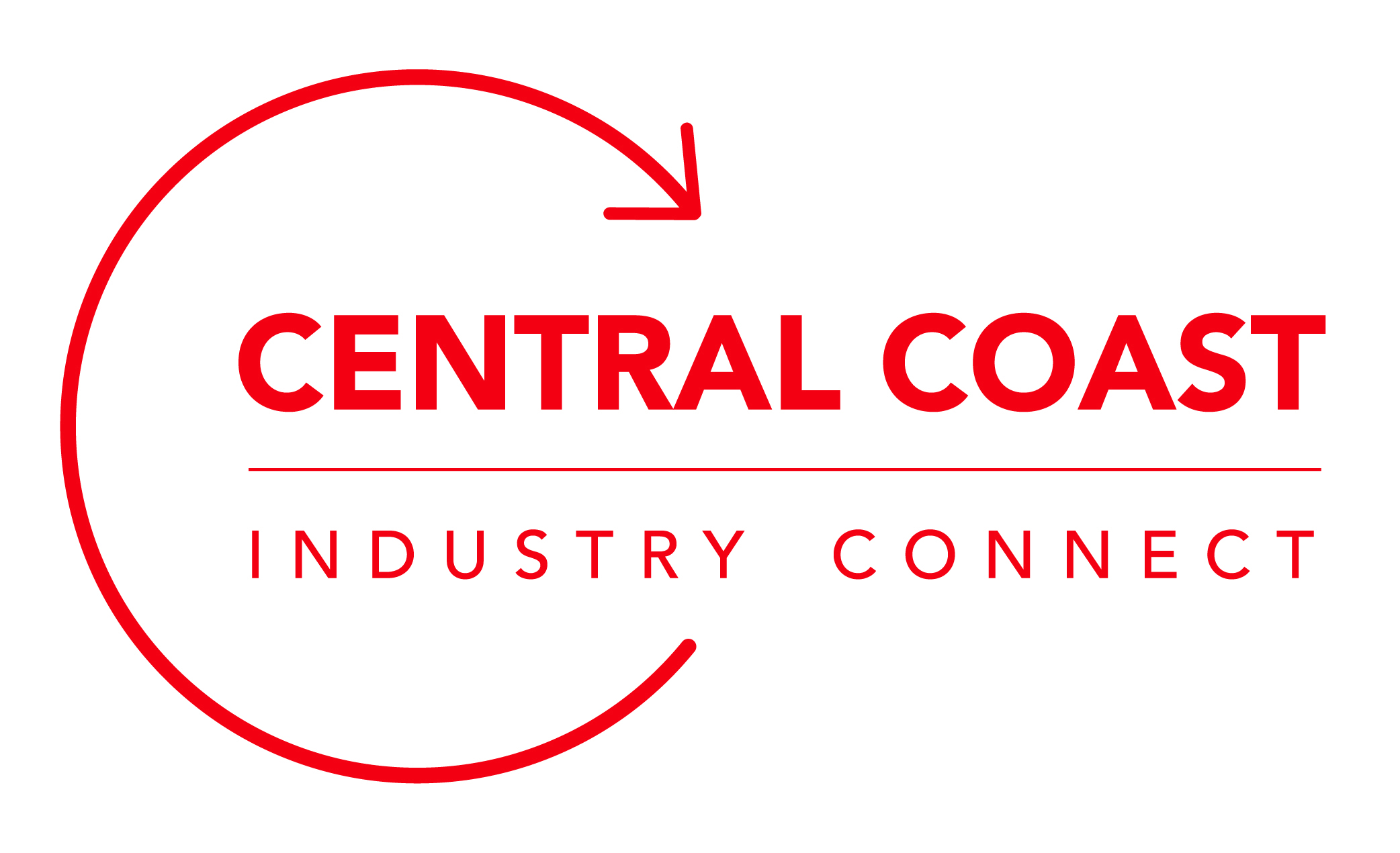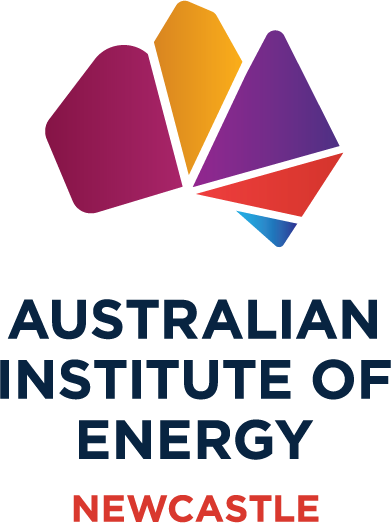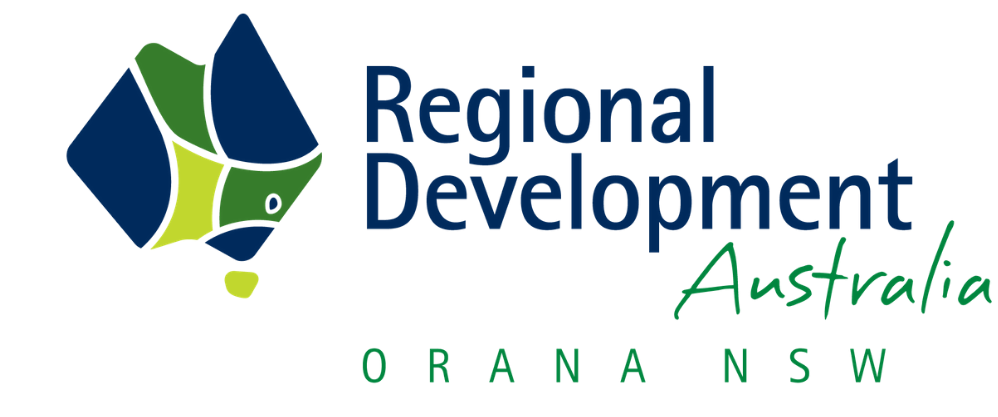GlobH2E Webinar: CO2 Electrolysis Systems for Chemical and Food Production
In this presentation, GlobH2E discuss their work on developing a two-step tandem CO2 electrolysis system for acetate and ethylene production.
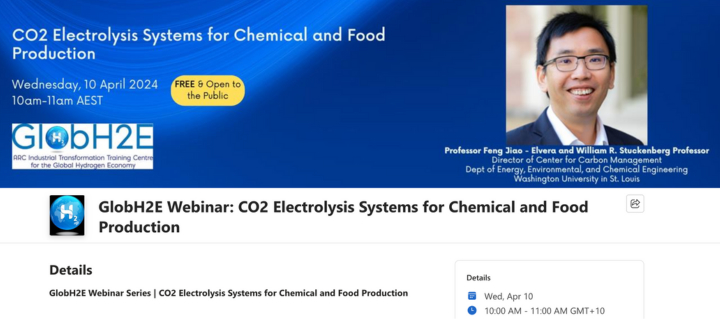
Traditional chemical industry processes often rely on fossil fuels, which inevitably emit substantial quantities of CO2. Turning CO2 into valuable chemicals is a potential approach for sustainable chemical production.
In this presentation, GlobH2E discuss their work on developing a two-step tandem CO2 electrolysis system for acetate and ethylene production. They will share their initial discovery of acetate formation in CO electroreduction on Cu catalysts. Mechanistic studies suggest that a ketene-like intermediate is the key for the formation of acetate.
With further efforts in reactor engineering, they successfully developed an internally coupled purification strategy that significantly enhances acetate concentration and purity in CO electrolysis. This approach employs an alkaline-stable anion exchange membrane with high ethanol permeability and a selective ethanol partial oxidation anode to regulate the CO reduction product stream.
They successfully demonstrated a stable 120-hour continuous operation of the CO electrolyzer at a current density of 200 mA cm-2 and a full-cell potential of less than 2.3 V, consistently producing a 1.9 M acetate product stream with a purity of 97.7%. This performance is among the best reported in the literature. The ability to convert CO2 into acetate has opened the possibility of developing an electrochemical-biological hybrid approach to produce food from CO2, offering much higher efficiency than natural photosynthetic pathways.
Furthermore, they will discuss their recent efforts and technical challenges in scaling up CO electrolysis systems for industrial applications.





